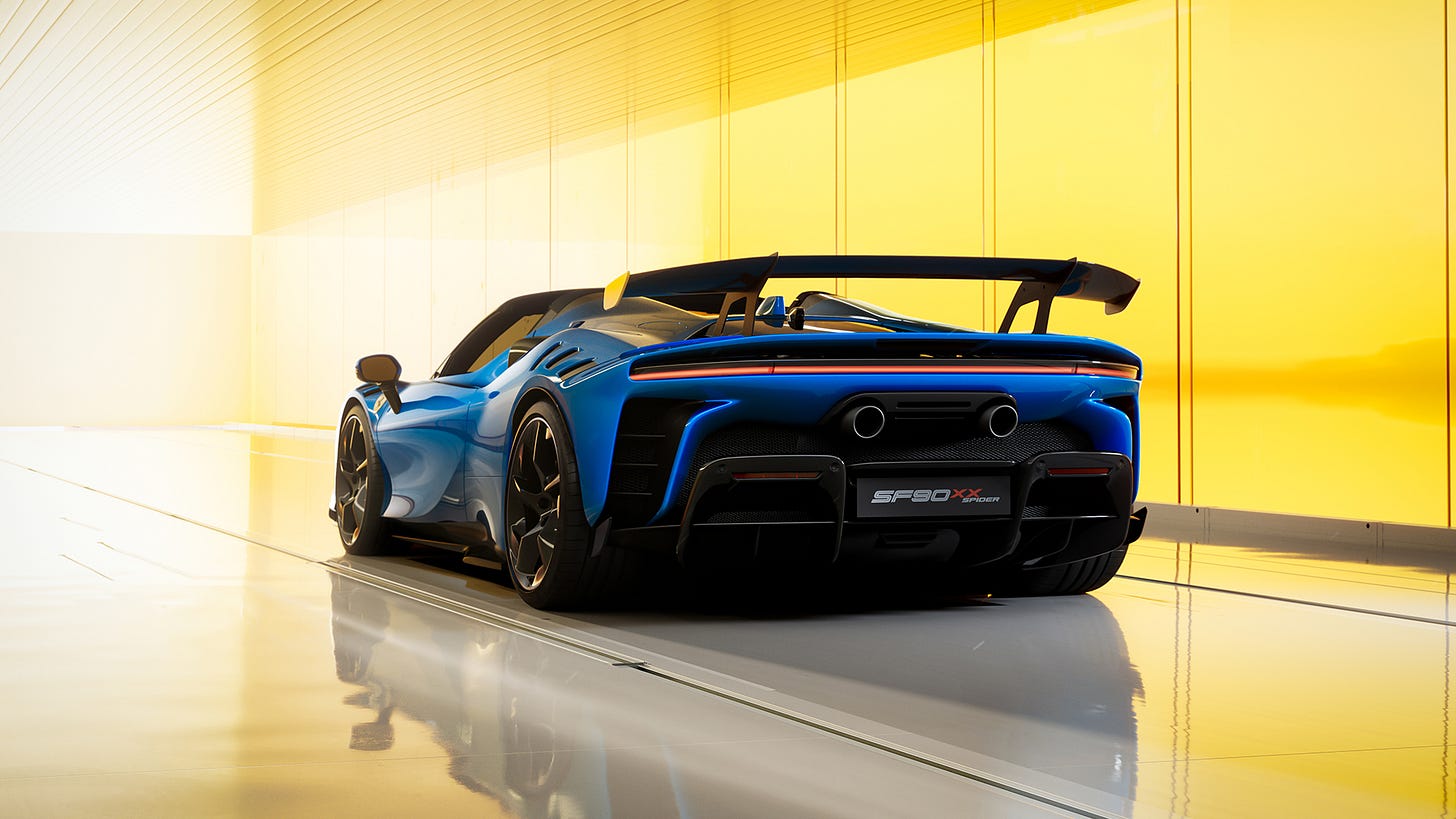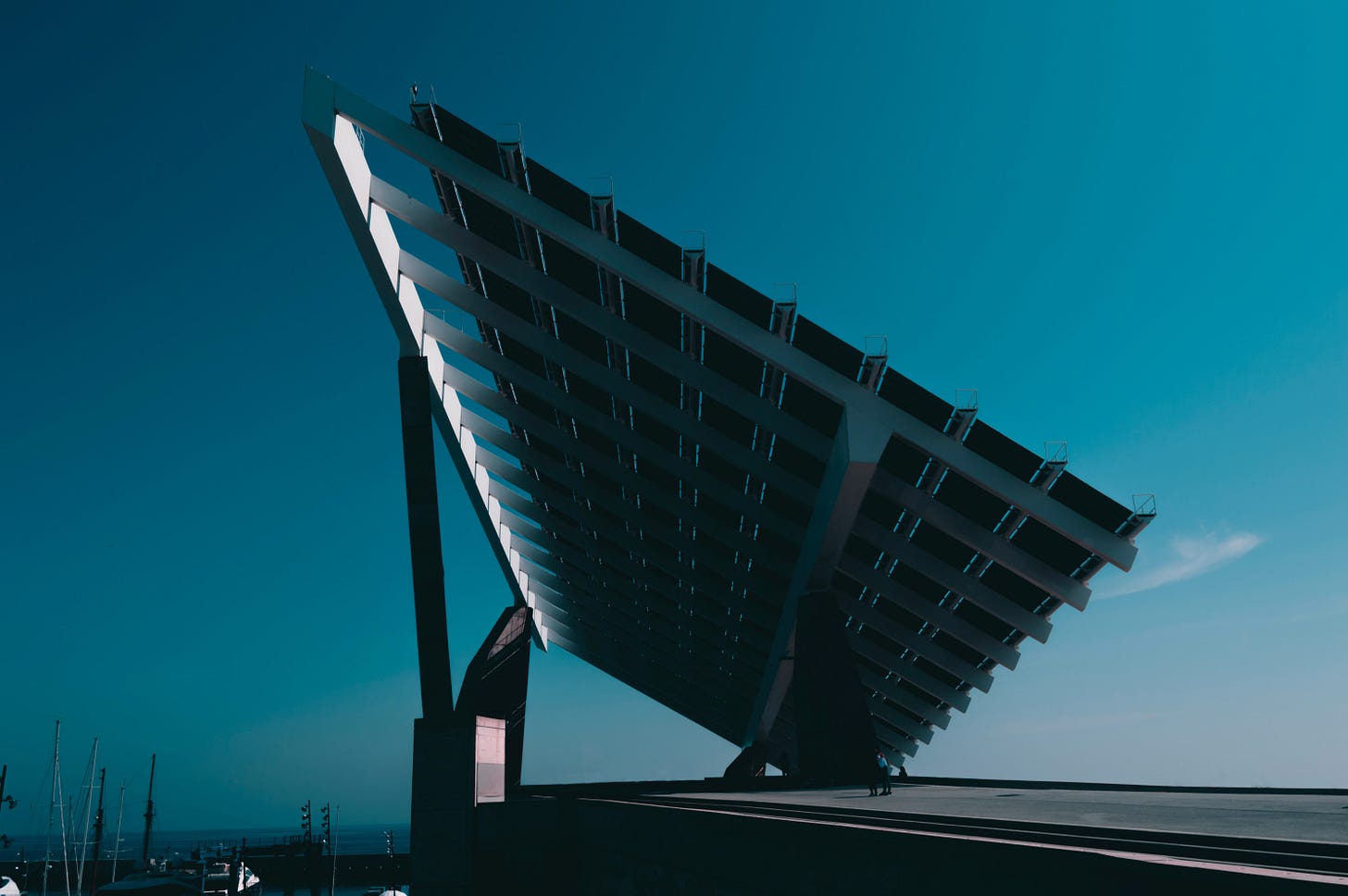Looking both Back and Forward
Watches - Why is Rolex so Popular?
This is a question that has made its way into the dark chasm of my head and settled down there, only to arise when I’m trying to get to sleep, so, I have decided to do a little research and share my findings with you.
When you think of luxury watches you think of Rolex, it’s instinctual by now. But why? It was founded originally in London in 1905 between two brothers, officially called Rolex 3 years later in 1908. The brand utilised Swiss movements, placing them in British cases and then selling them on. But, it wasn’t really until 1914 that it gained any significant recognition after being the first wristwatch to carry the “class A” Swiss certificate of chronometric precision. This kicked off Rolex’s sturdy, accurate and reliable reputation that it still has today.

More curiosity arose in the brand after their spending budget was increased due to a convenient change in their location to Geneva from London to avoid tariffs on watch movements, and so, Rolex started to develop the sealed watch case. At the time, this was unheard of, so naturally when it was released in 1926 it created scepticism and controversy, all factors helping it’s brand recognition.
Following this up 5 years later was Rolex’s debut of the first automatic winding wrist watch - the Oyster Perpetual (oyster for waterproof and perpetual for automatic). Despite this giving Rolex positive headlines referring to the watch’s increased convenience, decreased wear and increased water resistance, these feats were only part of the story in terms of what makes the modern brand of Rolex today.
I think that what gave Rolex their instant brand recognition can be as a result of their big time exploration and record campaigns. After having released several new models in the 1950s, each serving their respective functions, Rolex began to aim their brand at particularly ambitious people. For example, the first successful summit of Mt Everest was completed by a man wearing a Rolex, and land speed records were set with their watches on as well as world leaders being targeted by the brand- I mean not literally of course otherwise some very bad things would have happened.
To this day, the image of a rugged yet classy watch brand remains providing an instant status symbol recognisable by the masses.
Books - The Pathless Path
I was struggling to think of a word that describes this book but I think I’ve found one that fits the bill. Refreshing.
The book - The Pathless Path - written by Paul Millerd takes a less ordinary view on life and shares his thoughts and feelings about what is really meaningful to him as well as many others.
A key concept shared in this book is the idea of a pathless life path (hence the title), in that we should all seek mystery instead of security and order, whether that be family, love, or financially. Paul focuses on describing the affect of chasing a larger pay check and evaluates the extra money verses the extra stress and hours that come with the opportunity to expand or take on another client. He encourages you to step back and look at what you are doing, thinking of new, and perhaps daunting adventures in work, life or business as experiments.
Overall, a great read if you’re feeling unsettled in any aspect of your life as it truly changes your perspective on what you think you are aiming for.
Cars - Ferrari SF90 XX Stradale
The new edition to Ferrari’s special XX programme doesn’t disappoint - it doesn’t look disappointing at least. Released just a few days ago on the 30th June, Ferrari released another one of its mad, limited cars with 30 more PS over the “standard” and already mad SF90 totalling to 1030 PS. When I say it’s limited, you can’t actually buy one as they are all sold out with a total of 1398 units (799 in Stradale form and 599 in Spider form). The only way you probably will be able to buy one of these from now on (if its your cup of tea that is), will likely be at an outrageous premium to its already steep retail of around USD 840,000 for the Stradale and around USD 930,000 for the spider… (EUR to USD value calculated at current conversion rate).
It shares the same PHEV drivetrain as the ordinary SF90 with two electric motors at the front and a third between the engine and the gearbox with of course, the beating heart of the mid mounted V8 in the middle. But as I’m sure you’ve gathered there are further additions than just the extra 30 PS. For example, the new racing seats save an extra 1.3 kg, and those aero bits increase the downforce at 250 km/h from 390 Kg to 530Kg. That’s a substantial difference. I do think a price has been paid for all of this though in the looks department, Don’t get me wrong, it looks good in my eyes, of course it does, it’s a Ferrari. But Beautiful, I’m afraid not.
Business - Energy Storage
When most people think of battery storage, most probably think of big battery areas where energy is stored up. But there must be alternative solutions to this problem as not only are they very expensive, but can also be dangerous and bad for the environment (resource exploitation to get the materials needed for batteries). But first, why is battery storage even necessary?
Well, renewable energy is becoming a much more common form of energy production globally as governments and international organisations pledge to have carbon neutral methods of energy production. Renewable energy production methods of wind and solar for example can be seen as unreliable, only producing energy under certain conditions. If these conditions so happen to occur at a time of low energy demand, the energy needs to be stored or it will go to waste. With the deadlines for environmentally friendly energy targets looming, competition is increasing massively in this space in order to find the best solution, generating a vast business opportunity.
Photo by Biel Morro on Unsplash
One of the most accepted solutions is pumped storage hydropower. This works with a system of reservoirs and pumping water up and down gradients. The more surplus electricity that is supplied to the pumps relates to the volume of water pumped up or, the height where it is pumped up to. When energy is needed, this water is let down, driving turbines which turn generators and generate electricity on demand. It is the most dominant form of energy storage on the grid however, it requires high terrain and flooding to create reservoirs.
The most interesting solution for me is liquid air energy storage technology, mainly developed by a company called Highview Power. This has no geographical constraints, a long lifespan, and relatively low operating costs. It works by cleaning air and then cooling it down until liquified (the energy required to do this is supplied via surplus energy from the grid at off peak times). Then, the air is stored in low pressure tanks until energy is needed again. This air when needed is taken out, pumped at high pressures, heated (turning it back into a gas) which then is used to drive a turbine, generating electricity. Impressive stuff if you ask me, and this is just the tip of the ice burg in terms of solutions for energy storage, signifying the potential for business in this sector, resulting in a promising futures.





